Brick flooring has been used for centuries in homes, in offices, as sidewalks and streets, and for buildings. The demand for the look of brick flooring is enough that brick pattern laminate flooring was created for people who wanted the look without having the rough texture and challenge of cleaning actual brick flooring.
Why is Brick Flooring Widely Preferred?
Bricks can create almost any look in your home, from casually elegant to practical and welcoming. Brick floors are easy to care for and exceptionally durable. Since you can lay brick in any number of patterns, you can create a high-design, one of a kind look for your home. A lot of people opt for brick flooring these days due to the multiple possibilities it brings to the table.
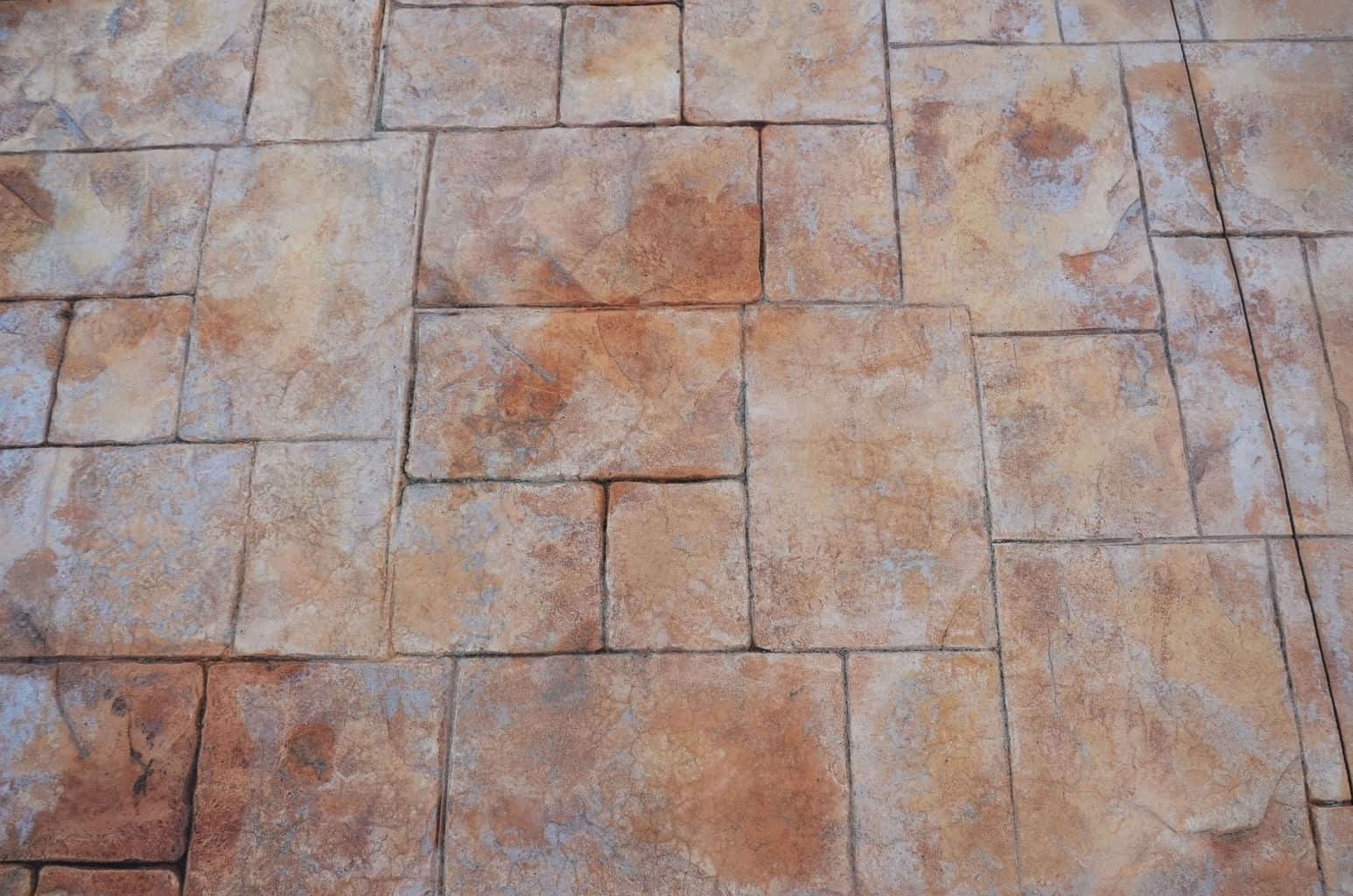
Advantages of Brick Flooring
Brick flooring consists of thin tiles (usually 1/2″ and 15/16″ in thickness) that are applied to floors with mortar or other adhesive. The result is a warm-hued and natural floor that can last for many years. Some of the greatest advantages of brick flooring include:
- Fade-Resistant: As you can tell by driving through any town in any state, bricks maintain their beauty in the face of sun exposure. Brick homes and buildings do not fade in the sun, and neither will your brick floors.
- Fire-Retardant: Brick is a natural flooring option that, like stone, is fire retardant. This makes brick flooring a great choice for homes, especially in the kitchen. If the idea of a home fire worries you, consider brick flooring to alleviate some of that worry.
- Durability: Brick resists wear and tear much better for much longer than most flooring options; certainly much longer than options like hardwoods or carpeting. Roads have been paved with bricks, monuments have been built with bricks, and if you choose brick flooring for your home, you will find it will last for decades or longer.
- The Feel: Not only does brick flooring provide an anti-slip surface, but brick stays cool in warmer weather and holds in heat in colder weather. While bricks themselves are rough, interior brick floors are sealed and therefore much smoother than what you may imagine. While incredibly durable, brick floors actually have a surprisingly soft feel underfoot.
- The Look: This is, of course, the greatest advantage to brick flooring. The beautiful, rustic textures and warm coloring of the floors make brick a homey choice that can range from elegant to rough-hewn. While brick floors are inexpensive, they still manage to exude a special kind of sophistication and vintage appeal that make brick flooring a really special choice for the home.
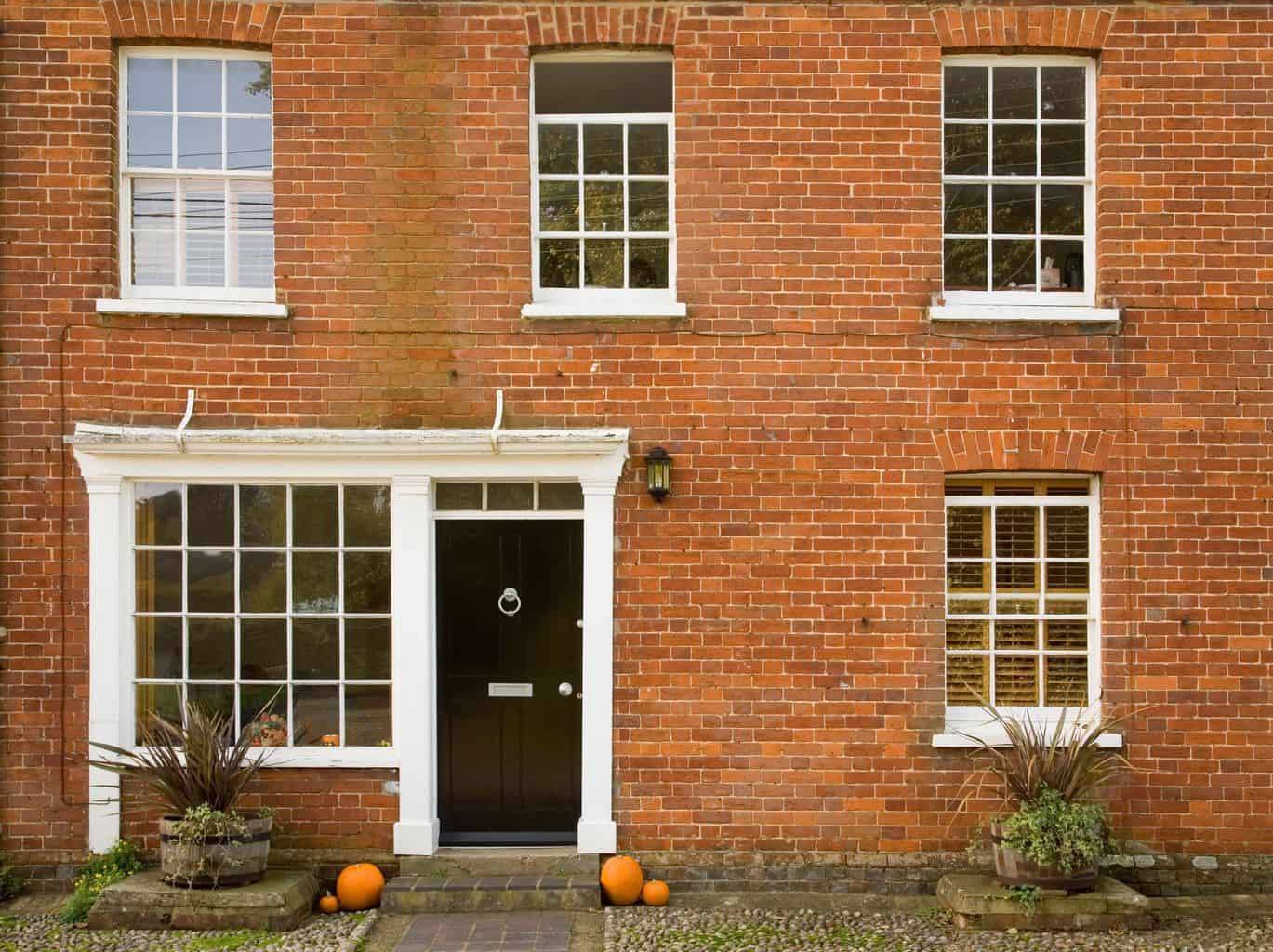
Challenges in Choosing Interior Brick Flooring
There are, of course, challenges to using interior brick flooring. Some of the most significant of these challenges include:
- Installation: While installing brick flooring is possible for anyone, it really is recommended that you find a professional who has experience installing interior brick floors, which can be more of a challenge in some areas or if your budget does not allow for hiring a professional.
- Maintenance: While cleaning and maintaining brick floors is not necessarily more difficult than with any other flooring option, it does require special considerations, especially when selecting cleaning solutions or when dealing with repairs.
- Uneven Surface: If installed incorrectly or on an uneven or not solid foundation, brick floors can become uneven.
- Rough Texture: While interior brick floors are typically sealed, making them significantly smoother, unsealed brick can be rough, especially at any edges.
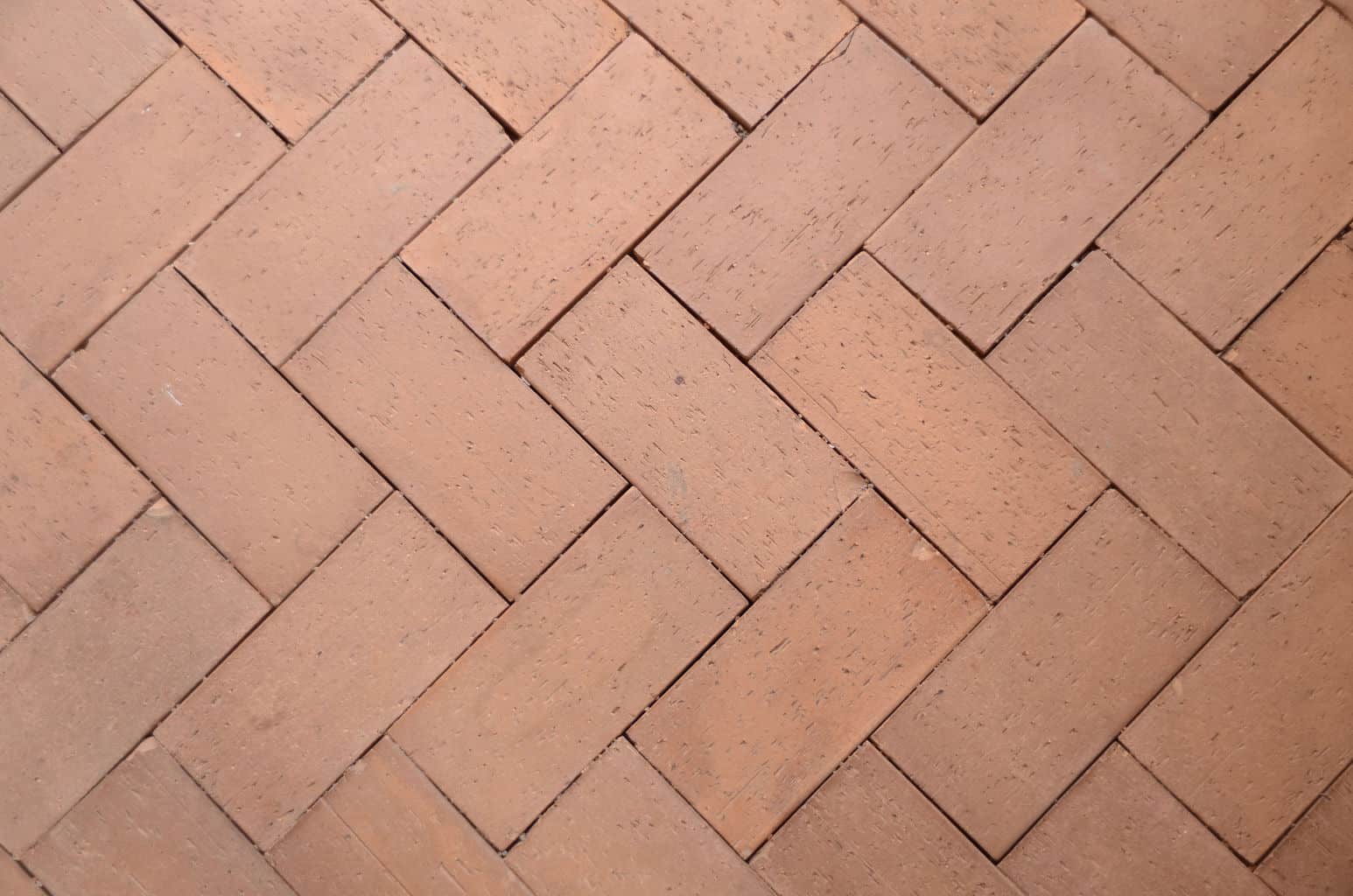
All You Need to Know About Interior Brick Flooring
Interior brick flooring is made by combining finely ground clays, shale and raw materials to produce hard surfaces. The materials are pressed, cut, and fired in a kiln at high temperatures. The result is thin brick flooring tiles that have the durability and beauty of brick and the convenience of tile flooring. Most manufacturers will apply a sealant or a chemical mixture after firing to seal the porous brick surface to make cleaning easier. Most brick floors will have to be resealed after installation to ensure they are easy to clean.
One will note that there is a huge importance placed on the ability to clean the brick flooring post installation. This can especially be noted in the case of brick pattern laminate flooring, where the challenge of cleaning brick flooring is adequately addressed. Laminate flooring suppliers, such as Lumber Liquidators, offer laminate flooring in a wide range of styles and colors, mimicking all types of traditional flooring but offering the ease of cleaning and maintenance in tandem with the low price that has come to make laminate such a popular choice for homeowners.
A brick flooring interior can be not only attractive but also quite durable. Brick floors vary widely in hardness, depending on the actual combinations of materials that go into their production. Brick floor tiles that have been made from poorer-quality or coarser-ground materials are more porous, softer, and more likely to chip and crack. Higher-quality brick tiles have a hardness comparable to some ceramic tiles, especially when sealed or treated. In general, customers can often find brick tile floors with a Measurement of Hardness (MOH) rating that is 5 or 6.
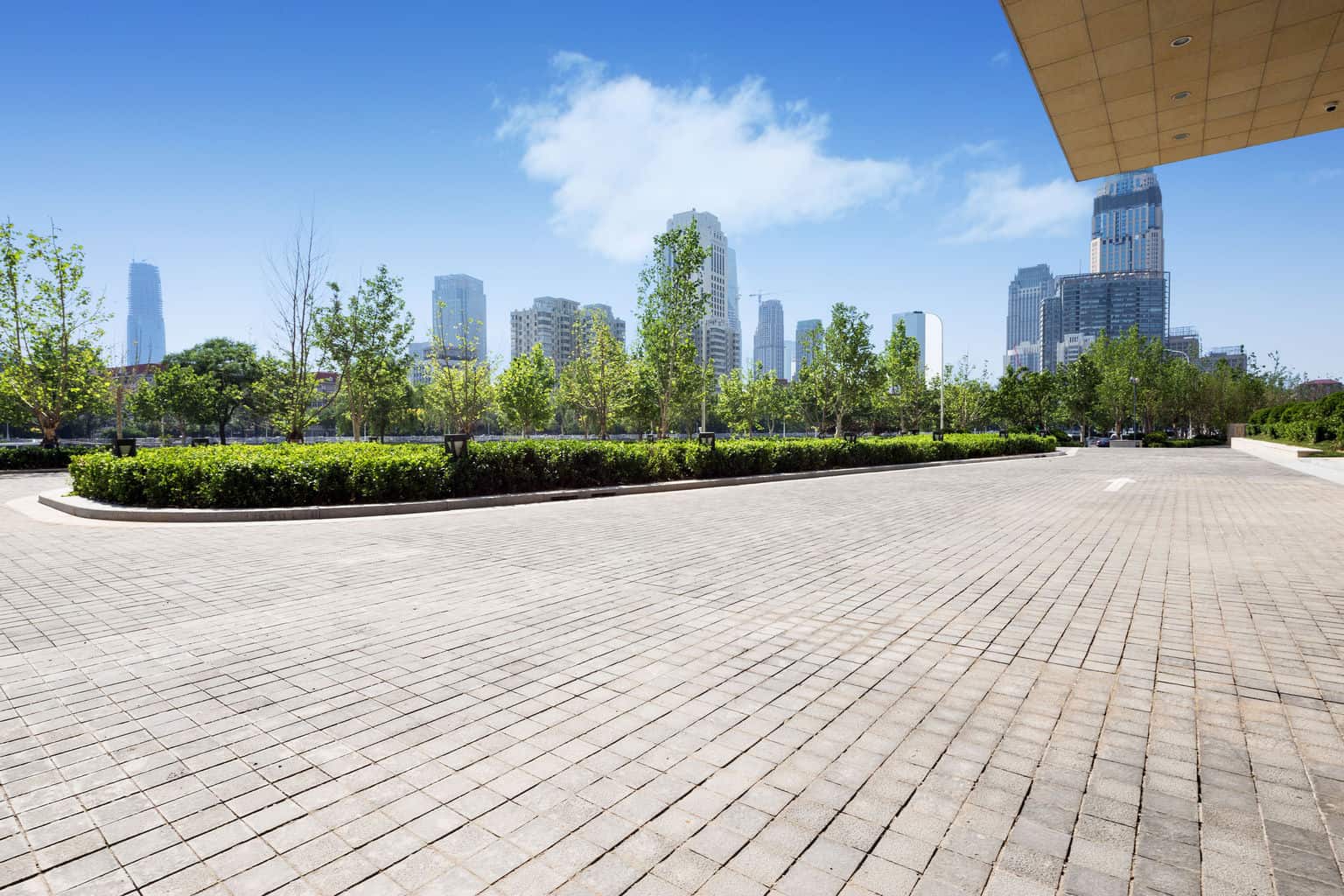
Installing Brick Flooring
Installing exterior brick flooring is not such a difficult task in theory. With a bit of practice, one can lay brick flooring without any professional help. However, when laying interior brick or laying pavers in a congested space, or if you have to remove existing flooring prior to laying the brick, it is recommended that you seek expert help. Hiring a professional is the best way to head off any potential trouble, which can save you a lot of headache in the future.
Interior brick floors can be both challenging and time-consuming to install. While the determined and patient do-it-yourselfer can install interior brick floors, most customers are generally better off reserving the project for professionals. Generally, it is advised to seal the interior brick flooring after installation. Without a sealant, interior brick flooring may be more prone to chipping and harder to clean than other types of flooring. But installing and sealing brick flooring uses lots of chemicals. Consequently, you should hire the work out and arrange to be gone until the floors are completely finished and the house has been well-ventilated.

Alternate Brick Flooring Options: Brick Laminate and Brick Vinyl Tiles
Brick floors have been trusted throughout history as practical and durable flooring options. Bricks are in fact considered humanity’s oldest manufactured building material. They have been used since 1330 BC for walls, roads, monuments, floors, and other crucial building projects. When you make the choice to use brick flooring, you are choosing a truly historical and well-established option for your home. As the vintage and classic style has made a resurgence in popularity these days, more people are lead to install brick flooring in their homes.
Brick floors can sometimes be rough and uneven, however. To avoid this, some customers select brick pattern laminate or vinyl flooring. Brick vinyl flooring provides a smooth and durable surface, while still retaining the beauty of natural brick.
Additionally, installing laminate or vinyl flooring tiles is a comparatively simple practice that can be tackled by any DIY-er with a little patience and preparation. While quality laminate and vinyl options mimic beautifully the look of brick flooring, it is impossible for anything to really compare with the feel of brick, so if this is part of the draw for you, laminate and vinyl options really will not be able to compete with the real thing.
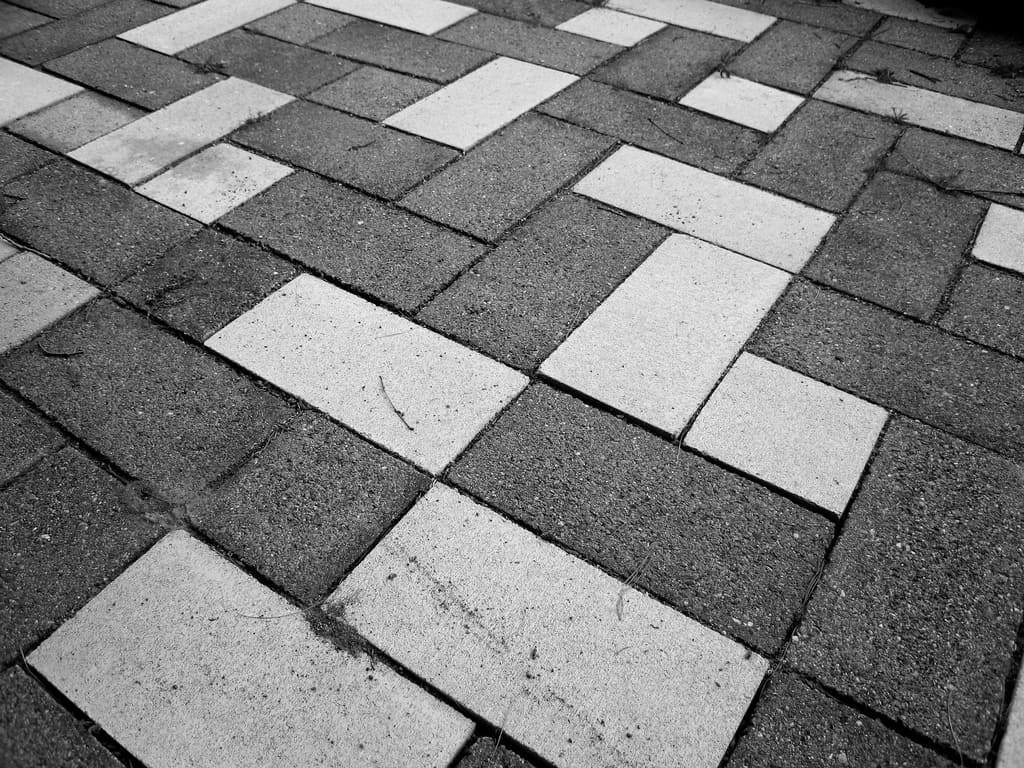
Choosing Interior Brick Flooring
Despite the few disadvantages, indoor brick flooring is still a good choice. Thin, high quality brick flooring makes for a beautiful and lasting floor for almost any room of the house. Cleaning brick flooring is generally quite simple, as most brick floors are treated and glazed. To clean these floors, a mop or broom is all that is needed. Brick floors can also be vacuumed.
If you are determined to do-it-yourself for your brick flooring installation, it is possible with a little perseverance and determination. Try practicing on a smaller scale before attempting your actual home project. Check out the short video below on brick flooring installation for a quick overview of the process. Fortunately, the materials used for brick flooring are typically inexpensive enough that you can afford to adequately practice beforehand. However, repairing or correcting flooring that has been done poorly can become more expensive, so it is worth taking the time to be sure the initial installation is done properly.
By far the best advantage of brick floors, though, is their elegant durability. Bricks have been used on roads and have been used to create buildings. If brick can make long-lasting roads and buildings, you know they will stand up to years of foot traffic in your home. If you are on a tight budget and want a flooring that is durable and long lasting, then look no further than brick flooring.
If you have always wanted a unique, rustic flooring option, brick flooring is a great choice. The fire-proof and fade-proof brick floor is perfect for adding years of beauty to your home, while increasing its value too.

I am fixing up my newly purchased home and it has an older brick floor in 1/2 of the house. The floors appear to have a whitish “patina’d” look to them from calcifications in the water (I assume) and it doesn’t come off. I don’t have a lot of time and money to fix them, I was wondering if I could just paint over the floors with a heavy oil based paint? I think that might dress them up quite a bit. Is that a good idea? Thanks.
Hi Terri –
If you paint the floors then you’ll have a heckuva time stripping the paint if you should ever decide to do so. Personally, I would clean and seal the brick.
The calcifications are actually within the brick, not the water, but is caused from water and is called efflorescence. AquaMix has a good line of products for brick flooring, including products for removing efflorescence and products for deep cleaning (if you so choose) and sealing. There are similar products from other companies as well.
Hello,
We just moved into a 20 year old home that has a lot of brick flooring. I love the look, but feel it could use a bit of restoration. I have no idea who to call or what to use. There are areas of discoloration also–that looks like it has a whiteish hue to it. Any suggestions would be appreciated! Thanks so much!
Jennifer
Hi Jennifer, Please read the post above yours.
Hi,
We want to put in a brick floor, but my husband doesn’t want to put grout in between the bricks, is this ok to do? Also what is the best product to use to make the bricks stick to the floor.
Thank you, Andrea
Hi Andrea,
You really should use something in between the bricks, otherwise you’ll have all your dirt getting in between them as the bricks won’t fit together tightly enough to prevent that problem. As to your question of what to use to make the bricks stick to the floor, I have my own question: What kind of floor are you putting this on? Is it a concrete pad? If not, you need to be sure that your floor joists can support the extra weight. What is on the floor now? Are you going to remove the old flooring? You’d most likely want to use a medium-set mortar, but maybe not. I could really use some more info. Also – are they full size bricks or something that’s only a couple inches thick or less?
READ TIL THE END! I’ve notice a lot of people saying that brick floors are hard to keep clean. I have a brick floored sun room, & two dogs who love being in there because they can see everything going on outside. I use a bleach water mixture when it starts to look dirty, & a vinegar water mixture to minimize odor. i use a bushbroom to scrub the bricks & a wet/dry shop vac to suck up the dirty water. It seems like a lot of trouble, but it’s the most effective way I’ve found to clean it!
Good for you Ashley! Is your brick flooring sealed? If not, does the bleach seem to fade the brick over time? Just curious.
we are looking at putting brick throughout our hole house minus the bed rooms. I have not seen this done and have been getting some strange looks when I tell fokls that is what we are doing…is that too much brick?
Hi Madison,
It might be too much brick. It would depend on the layout of your home, which of course I have no idea of how it’s laid out. If you really like the natural stone that brick provides, you might also want to look into Saltillo tile or other types of stone as well. You’ll also have more decorating options that way as brick is generally found in warm colors and there might be a room you’d rather do in cool colors (lots of colors with stone tiles as well as many types of stone!).
I have a brick floor that in places the grout has a chalky appearance. The floor had a clear coat put down when it was new, is there a product to strip the brick then a product to apply that will stain the brick and grout to match?
Hi, my name is amanda and we had someone come in and install brick flooring in how kitchen. however, they never finished. they came in and layed the brick then covered the brick with sand so as to keep the brick in place. after which, they never came back to finish. Now we are stuck with brick flooring that is incomplete and we don’t know what to do from here. what do I need to do to complete this brick flooring.
Pleasehelp>>i have a brick floor in sun room. it
wasa concrete porch and the bricks were put over
this. the brick were sealed? but now they are
getting the white eff. and also damp areas are
appearing when an item is put on floor..don’t
think plastic was put under porch,,is there any
way we cn seal brick now..i want to keep floor?
Hi Merle,
Go to http://www.aquamix.com and look over the products they have. The site does a really good job on letting the consumer know what to use when/where/why.
I doubt you’ll find one product to stain the brick and grout the same color. Stain is transparent and since the beginning color of your brick and grout are different, so will the results be different too. What color is the grout now? Many people opt for a charcoal grey or black finish on the grout. Hopefully the chalky appearance on the grout isn’t efflourescence – if it is you’ll need to address that issue as well. There’s not any chance of moisture coming thru from beneath the grout/brick is there?
Hi Bev,
I don’t think sealer is going to help much at this point if the moisture is coming from underneath. In order to fix the problem once and for all, you’d literally have to remove the brick and put plastic or vapor barrier paint or glue down then put the brick back down. I know, not what you wanted me to say, but I think you already knew the answer. :~(
Hi Amanda,
Just out of curiosity, why didn’t the installers finish the job? I hope they weren’t paid in full. Anyhoo, you’re going to need to seal the brick, then grout the brick, clean off the excess grout, then seal the whole floor. Pay a visit to http://www.aquamix.com to look over their products for brick flooring. The site does an exellent job of describing what each product does, why that product is used, etc. The biggest thing will be to make sure you get all of the grout residue off before you seal the whole floor or else you’ll have a horrible smudgy looking result and have to strip and reseal. Make sure that between each step you allow enough time to dry completely. Whatever products you use, just make sure that it is formulated for use on brick flooring.
I have a brick floor in my kitchen and the shine has been lost. What is the best process/product to use to wax/polish the brick?
looking for dog friendly options…. does urine permeate through brick?
Hi Richard,
Bringing back the shine to your brick could be dependent on different things. Is it still sealed at all – especially in the dullest places? Easiest way to tell is if water will still bead on it. If not, you need to re-seal. You can seal on top of what’s already been used – IF you know what kind of product has been used (water base sealer or not). If you’re not sure, you can try a small amount of the sealer of your choice (see http://www.aquamix.com for good products). You might also want to just go ahead and strip your floor and start from scratch with sealing/finishing. Again, the website I mentioned has very good quality products and the website does a great job of listing their different products for brick, why/when they should be used, etc.
Hi Mary,
If the brick is untreated, dog urine will soak into the brick. Even if it’s treated, the acidity of the urine may ruin the finish. No matter what kind of flooring you have it’s a good idea to have a few coats of sealer and clean up doggie messes as soon as possible.